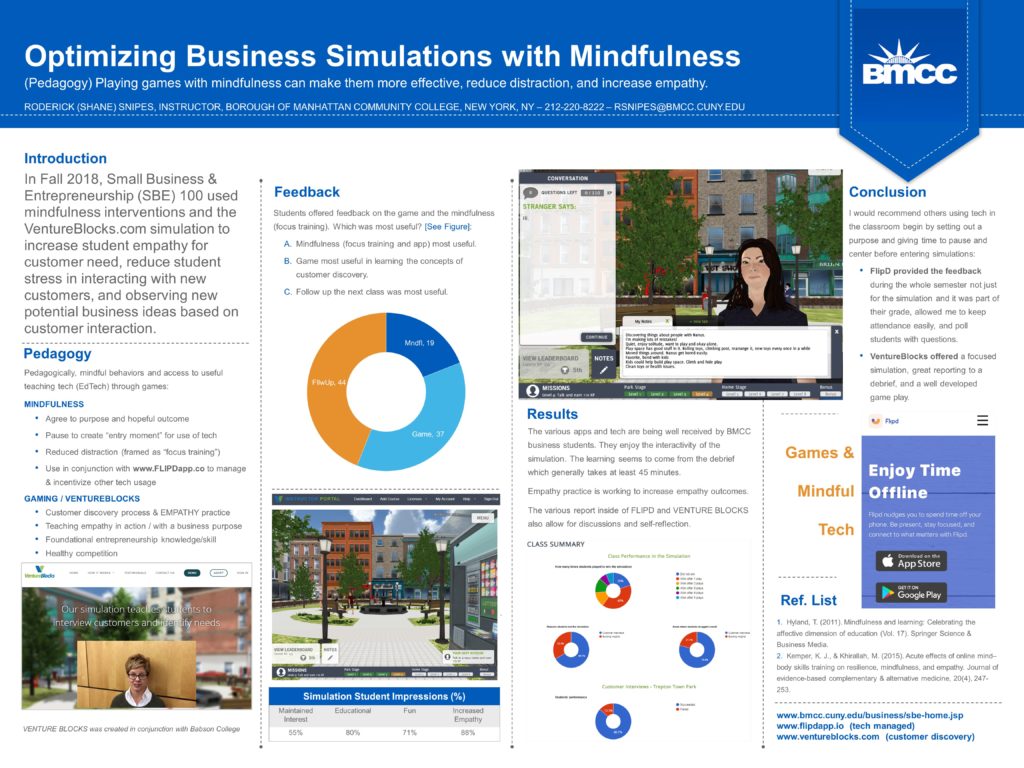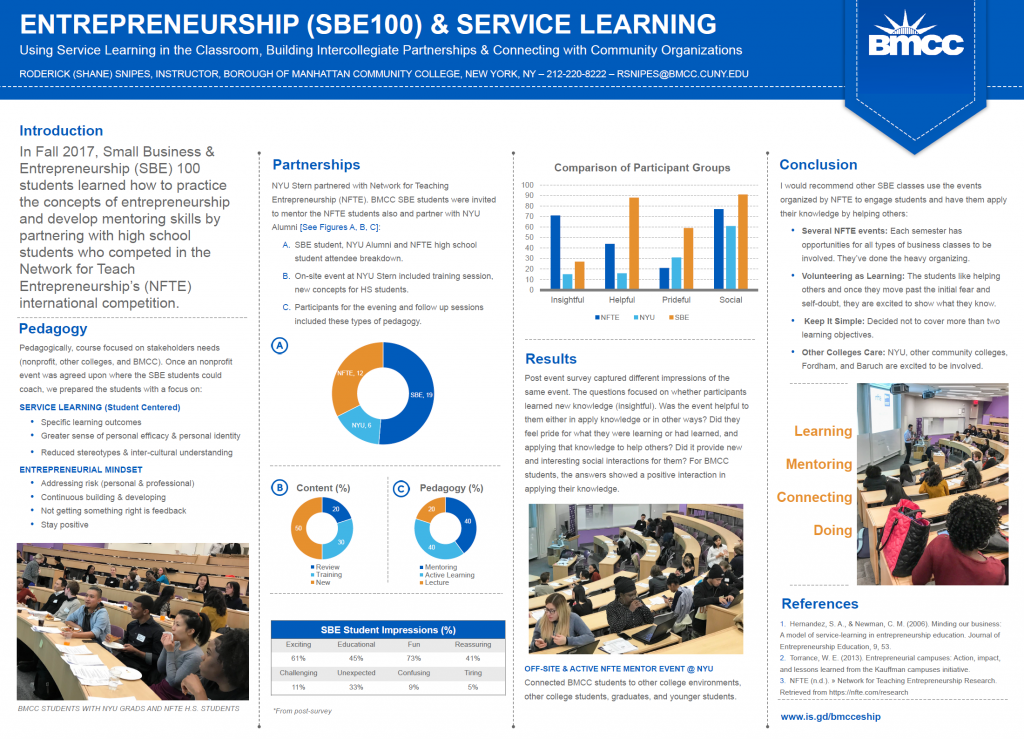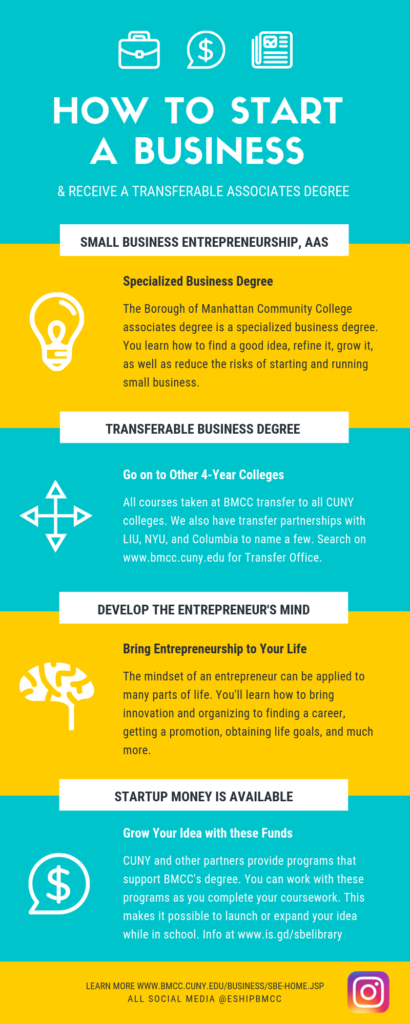Home » entrepreneurship education
Category Archives: entrepreneurship education
Community-First Entrepreneurship
Community-first entrepreneurship is an approach to building an organization (business) that prioritizes the needs and well-being of the community it serves. This model of entrepreneurship is characterized by a deep commitment to community engagement, collaborative decision-making, and social impact. Rather than focusing solely on generating profits, community-first entrepreneurs prioritize building relationships and creating social value.
In practice, community-first entrepreneurs work closely with members of the community to identify needs, co-create solutions, and build strong, long-lasting relationships. They strive to create businesses that are inclusive, sustainable, and responsive to the needs of the community, rather than imposing their own vision from above. This approach can lead to more equitable and just outcomes, as well as stronger, more resilient businesses that are better able to weather challenges and adapt to changing circumstances.
Some key strategies for community-first entrepreneurship include:
- Building strong, collaborative relationships with community members, including customers, partners, and stakeholders.
- Prioritizing the creation of social value, such as improving health outcomes, reducing environmental impact, or promoting economic development.
- Co-creating solutions with the community, rather than imposing preconceived solutions from above.
- Measuring success in terms of both financial returns and social impact.
- Staying responsive to the changing needs and priorities of the community over time.
Overall, community-first entrepreneurship represents a shift away from the traditional, profit-driven model of entrepreneurship, and towards a more collaborative, community-focused approach. It can be a powerful way to build businesses that are not only financially successful, but also deeply rooted in the needs and values of the communities they serve.
Find Your Passion and Become an Entrepreneur
Everyone has something they are passionate about doing. It could be anything from graphic design to cooking. Finding your passion is the first step towards becoming an entrepreneur, but it’s not always easy to find your true passions. Here are some tips to help you identify what makes you passionate and turn that into a successful business.

Do Your Research
Before you can even begin to think about becoming an entrepreneur, you need to do some research. What kind of businesses are out there? What type of companies and services do people need or want? Spend some time researching the market, reading up on industry trends, and getting a feel for what kind of business would be the most successful in your area.
Find Your Niche
Once you’ve done your research, it’s time to find your niche. Think about what sets you apart from other entrepreneurs in your field and how you can use that to your advantage. Do you have a unique skill or experience that can set you apart from the competition? Are there any specific products or services that only you can offer? Identifying your niche will help make sure that your business stands out from the crowd and gives customers a reason to choose you over someone else.
Make Connections
Networking is essential when it comes to being an entrepreneur. You need to make connections with other entrepreneurs in order to grow and succeed in business. Reach out to mentors who can provide guidance and advice based on their own experiences as entrepreneurs. Make sure that you also connect with potential customers so that they know who you are and what products or services you offer. Social media platforms like LinkedIn and Twitter are great tools for connecting with fellow entrepreneurs as well as potential clients.
Conclusion
Finding your passion is just one step towards becoming an entrepreneur but it’s an important one! Take some time to reflect on what makes you passionate and how that could translate into a successful business venture. Once you’ve identified what sets yourself apart from other entrepreneurs, start researching potential niches, making connections with mentors and potential customers, and get ready for success! With hard work, dedication, and determination anyone can become an entrepreneur—all it takes is finding something that inspires passion within them!

Opening a Salon or Spa
Nearly all of the steps below are the same as those taught in SBE100: Entrepreneurship at BMCC. You can now apply those skills. Take what you have learned and it will give you the detailed help you need to open a spa or salon. Need a mentor? Join SkysTheLimit.
Every step below is covered in detail in the SBE100 class and in Heidi Neck’s textbook which is part of the course.

Start a nail salon by following these 9 steps:
You have found the perfect business idea, and now you are ready to take the next step. There is more to starting a business than just registering it with the state. We have put together this simple guide to starting your nail salon. These steps will ensure that your new business is well planned out, registered properly, and legally compliant.
Check out our How to Start a Business page.
STEP 1: Plan your business
A clear plan is essential for success as an entrepreneur. It will help you map out the specifics of your business and discover some unknowns. A few important topics to consider are:
- What are the startup and ongoing costs?
- Who is your target market?
- How much can you charge customers?
- What will you name your business?
Luckily we have done a lot of this research for you.
What are the costs involved in opening a nail salon?
Most nail salons are at least 1,000 square feet, and building out a salon typically costs between $75 and $125 per square foot. This comes to a total build-out cost of $75,000 to $125,000 for a 1,000-square-foot salon.
Business owners who are looking to reduce the startup costs for a nail salon may be able to purchase used equipment from a previous salon owner, or even lease space that has previously housed a salon. Finding a location where a salon closed will greatly reduce buildout costs.
Alternatively, business owners might be able to find a location where a property owner will build to suit. In build-to-suit agreements, property owners usually build a facility to the tenant’s specifications, and the tenants agree to a lease.
What are the ongoing expenses for a nail salon?
The ongoing expenses for a nail salon business include supply costs, employee’s wages (whether salaries or commissions), taxes, rent, maintenance on equipment and insurance. Supply costs are usually between 2 and 8 percent of sales.

Who is the target market?
A nail salon business’ ideal customer is someone who cares about their appearance, appreciates fashion and has some discretionary income. Such a person is likely able and willing to spend money to make their nails look good. Most salons’ customers are primarily women, but salons also serve men.
How does a nail salon make money?
A nail salon makes money by charging customers for manicures, pedicures and similar treatments. Some also sell premium nail care products.
How much can you charge customers?
Nail salon businesses offer a number of different nail services. Manicures typically range between $15 and $25, and pedicures are usually between $25 and $45. Other major treatments include:
- Full gel sets ($45 to $75)
- Full acrylic sets ($30 to $60)
- Silk nails ($10 to $15)
Fillers, polishes and repairs are needed between full sets. These kinds of services range from $3 (for some repairs) to $30 (for gel polishes).
How much profit can a nail salon make?
A single nail salon business might bring the owner between $40,000 and $75,000 each year. The business model is easily scalable, though. Some nail salon owners have lots of locations and are millionaires.
How can you make your business more profitable?
A nail salon business can increase its revenue by upselling customers with additional services and selling premium nail care products. Since salons already use high-end products, it’s easy to sell these to customers who want to take better care of their nails at home.
Check out our Nail Salon Business Guide!

What will you name your business?
Choosing the right name is important and challenging. If you don’t already have a name in mind, visit our How to Name a Business guide or get help brainstorming a name with our Nail Salon Name Generator
If you operate a sole proprietorship, you might want to operate under a business name other than your own name. Visit our DBA guide to learn more.
When registering a business name, we recommend researching your business name by checking:
- Your state’s business records
- Federal and state trademark records
- Social media platforms
- Web domain availability.
STEM to STEAM to STEAME: Science to Art to Entrepreneurship
Without question, STEM (science, technology, engineering, and mathematics) is the new buzzword for those worried about post-graduation employment. These are all disciplines in which students could excel if they are to retain their industrial and economic strength through a lifetime of work.
In his February 2013 State of the Union address, President Obama urged that we double-down on science and technology education starting in our secondary schools. To give the argument even more traction, some would widen the list of STEM professions to include educators, technicians, managers, social scientists, and health care professionals. Indeed, the talk these days in my college is about how to engage the 50%+ who study liberal arts in the 2-year programs.
According to the U.S. Department of Commerce, the STEM job sector is growing at twice the rate of non-STEM occupations, but we should note some caveats. First, let’s remember that STEM workers, as identified by the Commerce Department, comprise only 5.5% of the workforce. Second, while STEM workers overall may earn 26% more than their counterparts, the greatest differential is seen in the lowest-level jobs; the higher the terminal degree, the less the earnings difference.1
Why Art & Entrepreneurship
Therefore, we have to bring students into the power of their mindset. In particular, the entrepreneurial way of seeing problems and solutions. It’s not just thinking outside the box, it’s thinking of practical solutions that solve quickly and innovatively the problem. Many businesses do not have months and month or year to solve problems.
Take Stephen Northcutt, a 4-year college grad, who is now the president and CEO of The Escal Institute of Advanced Technologies. Before he began working in computer security, before he even went to college, Stephen was a Navy helicopter rescue crewman. Later, he became a whitewater raft guide, a chef, an instructor in the martial arts, a cartographer, and a network designer. Stephen came to college to study geology, but then he became intrigued by geodetics, or global mapping. His real strength, it turns out, was not in the technical arena. As one of Stephen’s professors said, “Stephen’s real strong point was being able to examine the situation and know what to do.” This means he had an entrepreneurial mind.
STEM is AI & STEAME is Humanity
When we add art and business, we immediately complicate basic machine learning. The brain is an amazing adaptive instrument that can make music, art, and expand on physics. Going into the increasingly technical world of work requires that integrate art and entrepreneurship into our educations system so that we can simple and clever solutions to complex problem. And of course complex solutions to complex problems. But heavens not—complex solutions to simple problems (bad tech can do that too).
When we focus in on STEM+AE, we can marry what our minds do best with the dynamic and intriguing work-world.
Moreover, it is not a given that the only path to STEM job success is to attain a STEM degree. About one-third of college-educated workers in STEM professions do not hold degrees in STEM. Two-thirds of people holding STEM undergraduate degrees work in non-STEM jobs. One-fifth of math majors, for instance, end up working in education.2 Nearly 40% of STEM managers hold non-STEM degrees.3 This data points to one of the realities of college and career: the workplace is flexible, vibrant, and often unpredictable—a moving target, if you will. It is a place where, over a lifetime, a college graduate will hold multiple jobs and may even see multiple careers.4 An entrepreneurially minded person in that job market will be able to adapt more quickly.
Numerous biographies of technology executives illustrate that even in the tech fields, the rise to the top is facilitated by non-tech degrees. A study of technology company startups by researchers at Harvard and Duke found that 47% of their CEOs and CTOs had terminal degrees in STEM subjects, but 53% had degrees in a variety of other fields—including finance, arts and humanities, business, law, and health care.5
Moreover, the CEOs of Dell, JP Morgan Chase, Walt Disney, IBM, and FedEx all have liberal arts educations.6
Why is this? We think it’s because the people who run things—whether divisions, departments, companies, or state governments—are integrators and synthesizer—and entrepreneurs.
So who brings together the scientists, the engineers, the designers, and humanists? I think you know by now what I believe. Not every one of our graduates will go on to be a Steve Jobs, but we know that they will be bigger, broader, and more creative and fearless thinkers and doers. That’s what community colleges need most.
Fun Video about STEAM…
Poster Presentation at CUNY Games Conference
The CUNY Games Network of the City University of New York is excited to announce The CUNY Games Conference 5.0, to be held on January 18, 2019, at the Borough of Manhattan Community College in New York City.
R. Shane Snipes will be presenting a poster on Mindfulness, Technology, and Business Simulations.
In Fall 2018, BMCC’s Small Business & Entrepreneurship (SBE) 100 course used mindfulness interventions and the VentureBlocks.com simulation to increase student empathy for customer need, reduce student stress in interacting with new customers, and observing new potential business ideas based on customer interaction.

Pedagogically, mindful behaviors and access to useful teaching tech (EdTech) through games:
MINDFULNESS
- Agree to the purpose and hopeful outcome
- Pause to create “entry moment” for use of tech
- Reduced distraction (framed as “focus training”)
- Use in conjunction with www.FLIPDapp.co to manage & incentivize better tech usage
GAMING / VENTUREBLOCKS
- Customer discovery process & EMPATHY practice
- Teaching empathy in action / with a business purpose
- Foundational entrepreneurship knowledge/skill
- Healthy competition
Feedback
Students offered feedback on the game and the mindfulness (focus training). Which was most useful? [See Figure]:
A. Mindfulness (focus training and app) most useful.
B. Game most useful in learning the concepts of customer discovery.
C. Follow up on the simulation play the next class was most useful.

More about Games Conference – This year, the CUNY Games Conference distills its best cutting-edge interactive presentations into a one-day event to promote and discuss game-based pedagogies in higher education, focusing particularly on non-digital learning activities that faculty can use in the classroom every day. The conference will include workshops led by CUNY Games Organizers on how to modify existing games for the classroom, how to incorporate elements of play into simulations and critical thinking activities, as well as poster sessions, playtesting, and gameplay. For the digitally minded, we will also offer a workshop in creating computer games in Unity.
Visit other research here.
Entrepreneurship (SBE100) & Service Learning

[PDF] Entrepreneurship and service learning
In Fall 2017, Small Business & Entrepreneurship (SBE) 100 students learned how to practice the concepts of entrepreneurship and developed mentoring skills by partnering with high school students who competed in the Network for Teach Entrepreneurship’s (NFTE) international competition.




Recent Comments